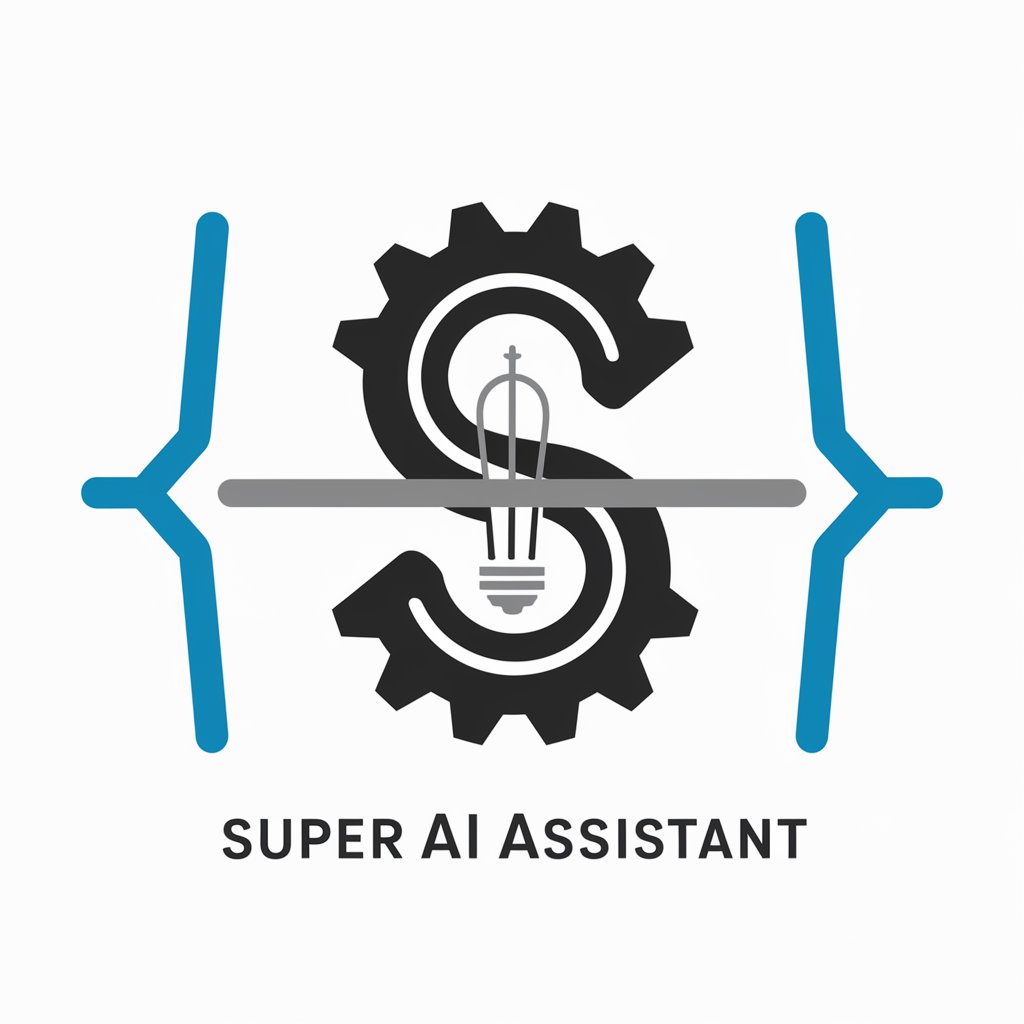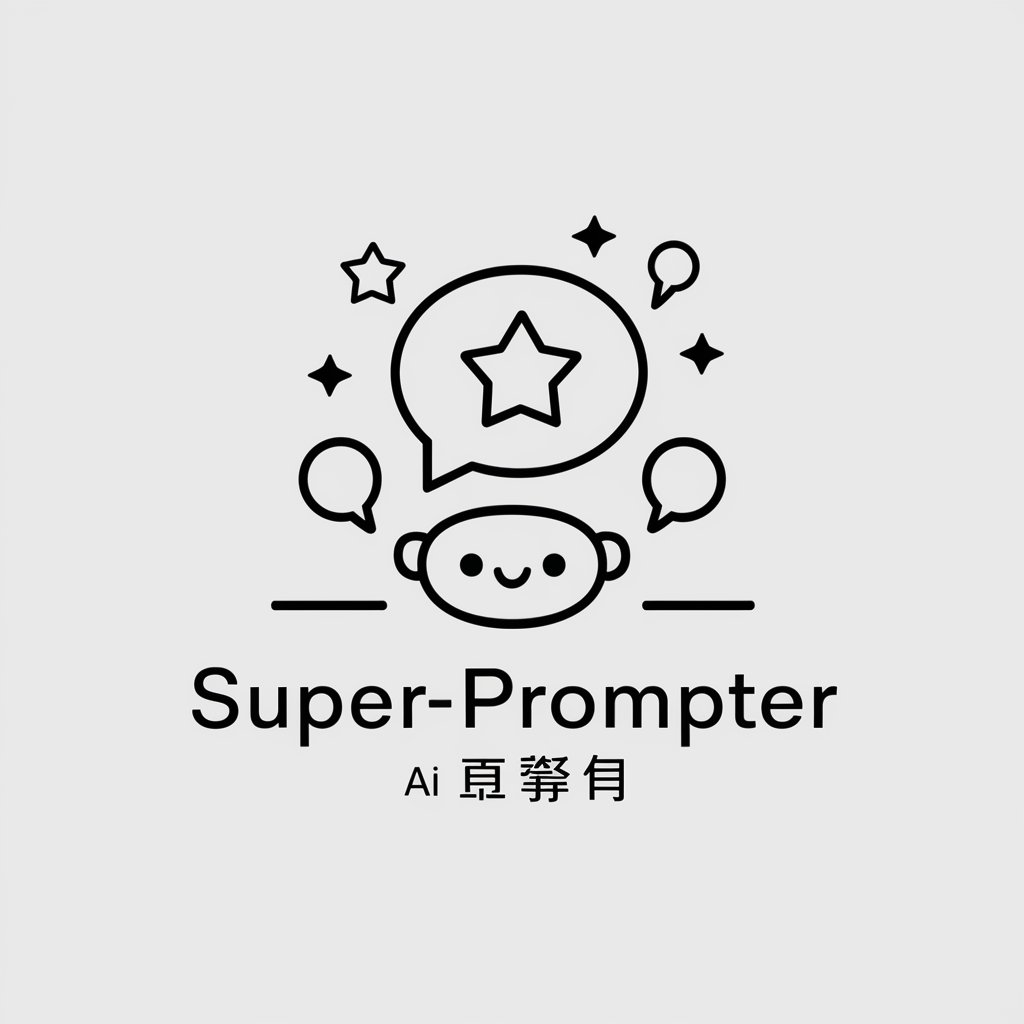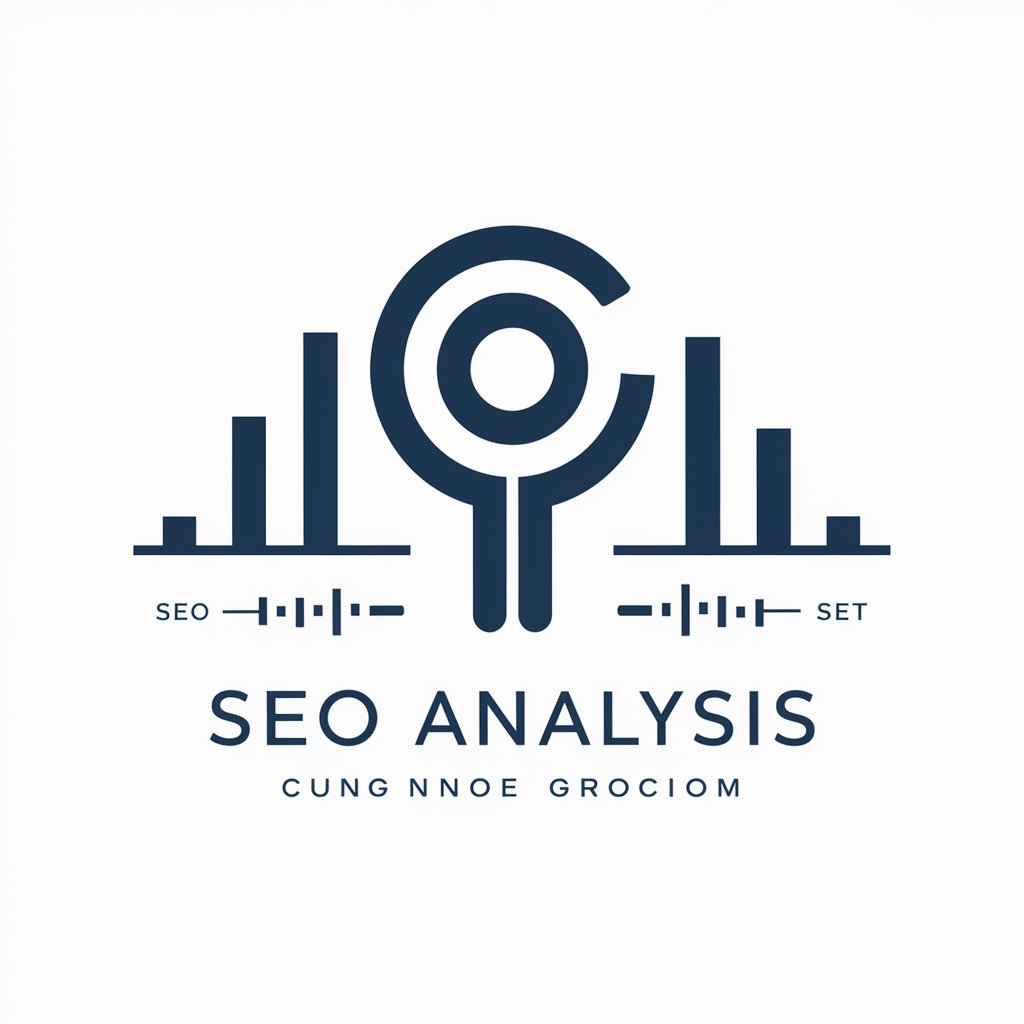
Long Form SEO GPT - SEO Content Creation

Welcome! Let's create some great content together.
AI-Driven SEO Content Crafting
Can you suggest a topic about
What primary and contextual keywords should we use for an article on
Can you create an outline for an article about
Could you write a detailed section about
Get Embed Code
Introduction to Long Form SEO GPT
Long Form SEO GPT is a specialized version of the ChatGPT designed specifically for creating long-form, SEO-optimized content. It is tailored to assist in generating articles that align with business goals and keyword strategies. The core of its design is to enhance online content's visibility and effectiveness in search engine rankings. For example, if a digital marketing agency wishes to produce an extensive guide on 'Content Marketing Strategies', Long Form SEO GPT can generate a detailed article, segmented into well-structured sections, each focused on specific aspects such as planning, creation, distribution, and analysis, integrating primary and contextual keywords throughout. Powered by ChatGPT-4o。

Main Functions of Long Form SEO GPT
Article Topic Generation
Example
Generate an article topic using keywords such as 'Sustainable Gardening Techniques'.
Scenario
A gardening blog wants to attract organic traffic with a focus on sustainability. The GPT can propose topics that blend these themes effectively, encouraging engagement and boosting SEO.
Detailed Section Writing
Example
Write a detailed section on 'Water Conservation Methods in Gardening'.
Scenario
For an eco-friendly lifestyle website, the GPT crafts a section explaining various techniques like drip irrigation and rainwater harvesting, enriching the content with targeted SEO strategies.
SEO Optimization
Example
Optimize an article about 'Modern Home Office Designs' with relevant keywords.
Scenario
A furniture retailer aims to rank higher in search results for home office setups. The GPT integrates keywords like 'ergonomic furniture' and 'space-saving ideas' throughout the article to enhance its discoverability.
Ideal Users of Long Form SEO GPT
Content Marketers
Content marketers benefit from using Long Form SEO GPT to create rich, detailed content that is both engaging and optimized for search engines. This tool helps them efficiently produce articles that can improve site rankings and attract targeted audiences.
SEO Specialists
SEO specialists utilize this tool to specifically tailor content around keyword strategies, ensuring that all content is optimized to meet the latest SEO standards and practices. It aids in constructing articles that are likely to perform well in SERPs (Search Engine Results Pages).
Digital Marketing Agencies
These agencies leverage Long Form SEO GPT to streamline their content creation process for clients across various industries. It enables them to quickly deliver high-quality, SEO-driven articles that cater to the specific needs of their clients, enhancing their service offerings and client satisfaction.

How to Use Long Form SEO GPT
Step 1
Visit yeschat.ai for a free trial without login, also no need for ChatGPT Plus.
Step 2
Select the Long Form SEO GPT from the available tool options to start creating content tailored for SEO optimization.
Step 3
Define your topic and specify primary and contextual keywords to focus the content generation around your specific needs.
Step 4
Use the structured prompts to create comprehensive articles, ranging from detailed introductions to fully developed sections.
Step 5
Review and edit the generated content to align with your branding and tone, ensuring it meets your SEO and content quality requirements.
Try other advanced and practical GPTs
Long Article Translator
AI-Powered Precision for Long Texts

Sing Along
Experience AI in a Musical Way

Musical Play Along
Play, Learn, and Grow with AI

Healthify Follow Along Chef
Cook smarter, not harder, with AI.

Read Along Buddy
Empowering Reading with AI

Spanish Teacher
Master Spanish with AI Conversation

Long Covid Resource
Navigate Long Covid with AI-Powered Insights

Super
Polish Your Code with AI

⭐️⭐️⭐️ Super-Prompter
Crafting Tailored AI Prompts with Ease

Super Marines
Empower projects with AI-driven expertise

Nexuspay Social
Elevate Your Social Media Game with AI Power

Scripter Social
Craft Winning Content with AI

Frequently Asked Questions About Long Form SEO GPT
What is Long Form SEO GPT?
Long Form SEO GPT is an AI-powered tool designed to help users create SEO-optimized, long-form content effectively. It structures content around specific keywords and business goals, generating articles tailored to enhance online visibility.
How does Long Form SEO GPT ensure SEO optimization?
The tool integrates SEO best practices by focusing on keyword density, meta descriptions, and structured content flow. It ensures that all generated articles align with Google's SEO guidelines to boost search engine ranking.
Can Long Form SEO GPT generate content for technical subjects?
Yes, it can generate content across various domains, including technical subjects, by leveraging advanced AI models that understand specific jargon and concepts related to the field.
Is Long Form SEO GPT suitable for creating content for social media?
While primarily designed for SEO articles, Long Form SEO GPT can be adapted to generate shorter, engaging content suitable for social media posts and updates.
What are the customization options available in Long Form SEO GPT?
Users can customize content length, structure, keyword focus, and tone. The tool also allows for specific instructions on headers, bullet points, and other formatting preferences to tailor the content to user needs.





